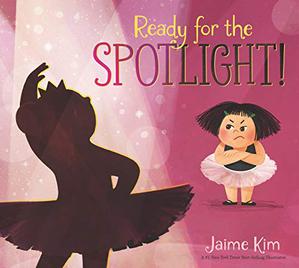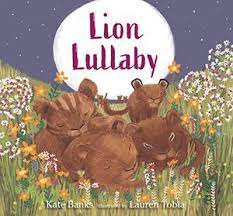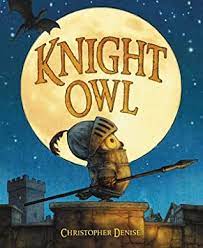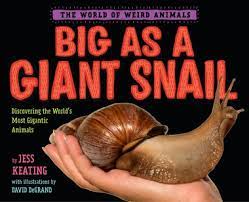"After class, Mom takes us for ice cream, but I'm
still not in a good mood. Today was just not my day.
My shoes were slippery. And my tutu felt so heavy.
I'm sure that's why I couldn't keep my balance."
I think it must be hard to be a little sister. It has to be even harder when your big sister is a talented and much-admired dancer. Tessie is very envious of Maya and the time she spends in the spotlight at dance class. Her performances get rave reviews, earning her both a crown and multiple floral bouquets. That's what Tessie wants as well.
Tessie has been taking classes for a month, and is sure she is best in the class by now. Well, maybe not as good as Maya who is a veteran dancer. Tessie is willing to put in the work; she just doesn't get the same results. The fall recital is on the horizon, and Tessie wants to be a princess. That will mean wearing a crown - just one of her goals. Auditions are complete, choices will soon be made.
While waiting, Tessie does what she does best. She loves freestyle dance.
"When the music starts, I swing my hips, waving my hands
and clapping to the music. No rules. No pointed toes.
Who needs lessons when you have rhythm?"
The announcement is made; Maya will take the princess role while Tessie will be a bumblebee. That does not sit well with Tessie. She is mad at everyone, especially Maya. As big sisters so often do, Maya thinks she knows what Tessie needs to make her feel better, and she is right.
Jaime Kim uses watercolor and digital tools to create warm, appealing illustrations.


























































